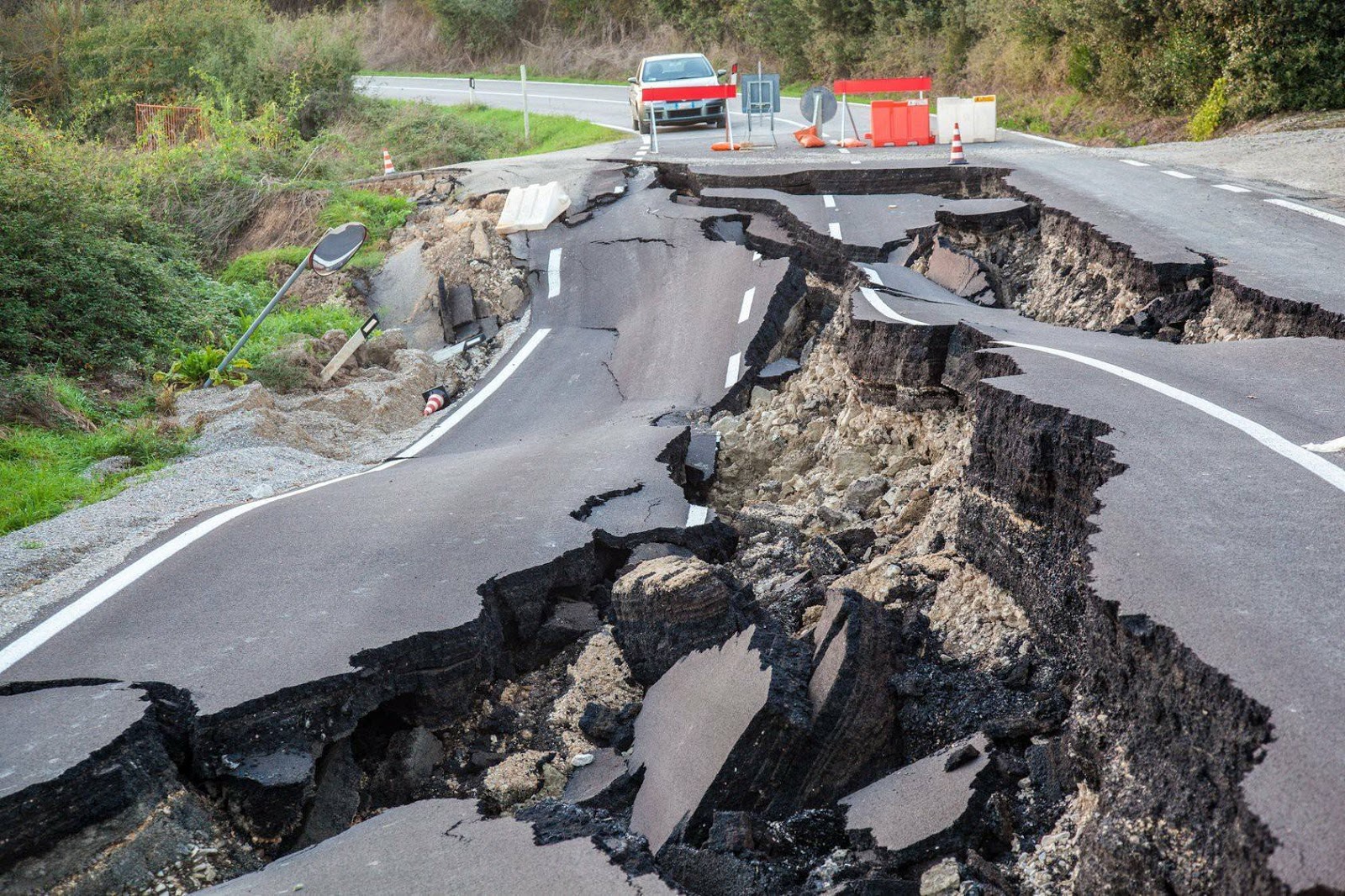The Long Island aftershock has become a significant topic of interest for those living in and around the region, especially following the recent earthquake activity. As seismic events can have profound implications on safety, infrastructure, and community awareness, understanding the nature of these aftershocks is crucial. In this article, we will delve into what aftershocks are, the recent events on Long Island, and what measures residents can take to prepare for future seismic activities.
Aftershocks are smaller tremors that occur in the same area as the main earthquake, and they can happen minutes, days, or even years after the initial event. For residents of Long Island, the experience of such seismic activity might be new, leading to questions about safety and preparedness. This article aims to provide comprehensive information about the Long Island aftershock phenomenon, including its causes, effects, and safety tips for residents.
In the following sections, we will explore the science behind aftershocks, review recent seismic data from Long Island, discuss the geological factors that contribute to earthquakes in the region, and provide practical guidance for residents. Our goal is to enhance awareness and preparedness among Long Island residents regarding seismic activities.
Table of Contents
- What Are Aftershocks?
- Recent Earthquake Activity on Long Island
- Geological Factors Contributing to Earthquakes
- Impacts of Aftershocks on Communities
- Safety and Preparedness for Residents
- Long Island's Seismic History
- Myths and Facts About Earthquakes
- Conclusion
What Are Aftershocks?
Aftershocks are secondary tremors that occur after the initial earthquake event. They are caused by the adjustment of the Earth's crust as it settles following the main shock. The magnitude and frequency of aftershocks typically decrease over time. Understanding aftershocks is critical for residents in earthquake-prone areas, as they can sometimes be strong enough to cause additional damage.
Characteristics of Aftershocks
- Aftershocks usually occur in the same general area as the main earthquake.
- The magnitude of aftershocks is generally smaller than that of the main quake.
- They can occur from minutes to years after the initial earthquake.
Recent Earthquake Activity on Long Island
In recent months, Long Island has experienced several notable seismic events, leading to increased public interest in the phenomenon of aftershocks. The earthquakes, although not as severe as those experienced in more active seismic zones, have nevertheless prompted discussions about preparedness and safety.
According to data from the United States Geological Survey (USGS), the most recent earthquake on Long Island registered a magnitude of 4.0, with several aftershocks recorded shortly thereafter. These events have raised awareness about the importance of understanding seismic risks in the region.
Geological Factors Contributing to Earthquakes
Long Island, located on the eastern seaboard of the United States, is not typically known for significant seismic activity. However, geological factors can contribute to earthquake occurrences. The region is influenced by tectonic plate movements, fault lines, and the underlying geology of the area.
Tectonic Plate Movements
The North American tectonic plate interacts with other plates, creating stress within the Earth's crust. This stress can lead to seismic activity, resulting in earthquakes and aftershocks.
Fault Lines
Long Island is situated near several fault lines that can generate seismic events. While significant earthquakes are rare, smaller tremors can occur as a result of these geological features.
Impacts of Aftershocks on Communities
Aftershocks can have various impacts on communities, especially in areas where infrastructure may not be designed to withstand seismic activity. Understanding these impacts is vital for residents and local authorities.
Infrastructure and Safety
- Buildings and bridges may suffer additional damage during aftershocks.
- Utilities such as gas, electricity, and water can be disrupted.
- Residents may experience emotional distress due to the unpredictability of aftershocks.
Safety and Preparedness for Residents
Preparedness is crucial for residents of Long Island, especially in light of recent seismic activity. Here are some tips to ensure safety during and after an earthquake:
- Have an emergency kit ready with essential supplies, including food, water, and first aid.
- Develop a family emergency plan that includes communication and evacuation strategies.
- Secure heavy furniture and appliances to prevent tipping during tremors.
Long Island's Seismic History
While Long Island is not known for frequent earthquakes, it does have a history of seismic activity. Historical records indicate that the region has experienced minor earthquakes, with some notable events dating back to the 19th century.
Understanding this history helps residents grasp the potential for future seismic events and the importance of being prepared.
Myths and Facts About Earthquakes
There are many myths surrounding earthquakes that can lead to confusion and misinformation. Here, we clarify some common misconceptions:
Myth: Earthquakes only happen in California.
Fact: Earthquakes can occur in many regions across the United States, including Long Island.
Myth: You can predict when an earthquake will occur.
Fact: While scientists can identify areas at risk, predicting the exact time and location of an earthquake is currently impossible.
Conclusion
In summary, the Long Island aftershock phenomenon is a significant concern for residents, especially following recent seismic activity. By understanding what aftershocks are, the geological factors contributing to earthquakes, and how to prepare for potential future events, residents can enhance their safety and resilience. We encourage all readers to stay informed, take preparedness measures seriously, and engage with community resources for earthquake safety.
We invite you to leave your comments, share this article, or explore other resources on our site to learn more about earthquake preparedness and safety.
Thank you for reading, and we look forward to seeing you again on our site!


